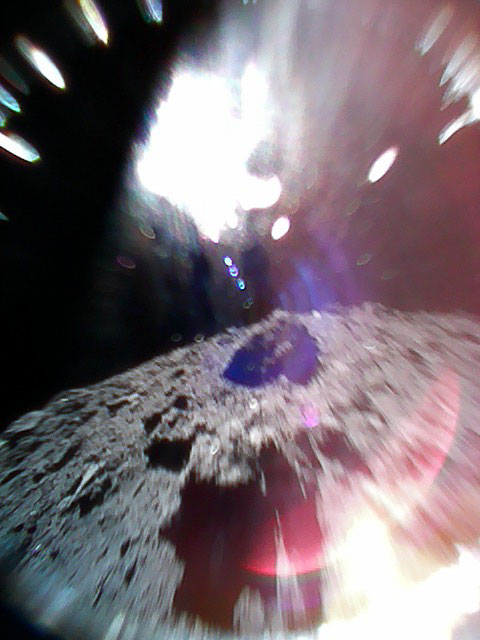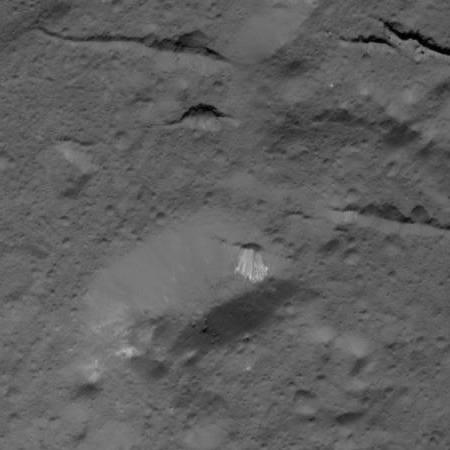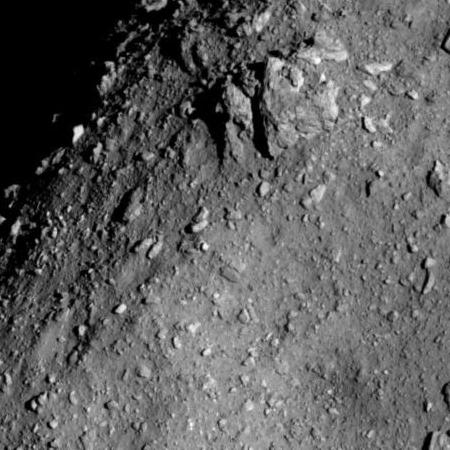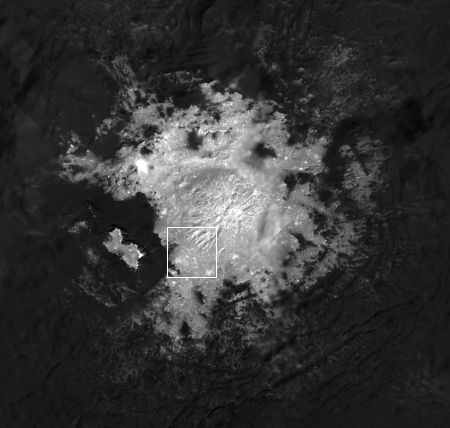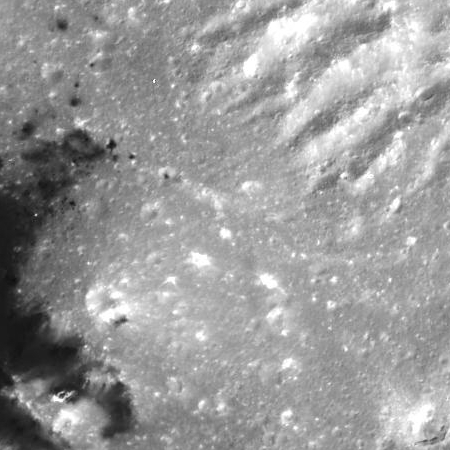New Horizons makes final big course correction
New Horizons this week successfully made its final major course correction in preparation for its January 1st fly-by of the Kuiper Belt object the science team has dubbed Ultima Thule.
NASA’s New Horizons spacecraft carried out a short engine burn on Oct. 3 to home in on the location and timing of its New Year’s flyby of the Kuiper Belt object nicknamed Ultima Thule.
Word from the spacecraft that it had successfully performed the 3½-minute maneuver reached mission operations at the Johns Hopkins Applied Physics Laboratory in Laurel, Maryland, at around 10:20 p.m. EDT. The maneuver slightly tweaked the spacecraft’s trajectory and bumped its speed by 2.1 meters per second – just about 4.6 miles per hour – keeping it on track to fly past Ultima (officially named 2014 MU69) at 12:33 am EST on Jan. 1, 2019.
As the spacecraft gets closer they will do more refinements, but right now they are a very precise course. The January 1st fly-by will end a spectacular fall season of planetary mission rendezvous, landings, fly-bys and sample gatherings.
Posted from Chicago.
New Horizons this week successfully made its final major course correction in preparation for its January 1st fly-by of the Kuiper Belt object the science team has dubbed Ultima Thule.
NASA’s New Horizons spacecraft carried out a short engine burn on Oct. 3 to home in on the location and timing of its New Year’s flyby of the Kuiper Belt object nicknamed Ultima Thule.
Word from the spacecraft that it had successfully performed the 3½-minute maneuver reached mission operations at the Johns Hopkins Applied Physics Laboratory in Laurel, Maryland, at around 10:20 p.m. EDT. The maneuver slightly tweaked the spacecraft’s trajectory and bumped its speed by 2.1 meters per second – just about 4.6 miles per hour – keeping it on track to fly past Ultima (officially named 2014 MU69) at 12:33 am EST on Jan. 1, 2019.
As the spacecraft gets closer they will do more refinements, but right now they are a very precise course. The January 1st fly-by will end a spectacular fall season of planetary mission rendezvous, landings, fly-bys and sample gatherings.
Posted from Chicago.


